Blood, like water, boils quickly at altitude.
There are several types of what sociologists call travel-rage. “Road rage” is best-known, of course, and most of us have had some experience with it. It’s dangerous, useless and pretty much indefensible. Here I’d like us to look at “Air-Rage”.
The Brits call it “Sky-Rage”, which sounds altogether more expansive and sophisticated.
I remember being on 747 flight from Vancouver to Honolulu in the ’80s. A male passenger was cruising the aisles, drink in hand, stopping here and there to yack with the other passengers. Eventually, he sat on an armrest a few seats ahead of where my wife and I were seated. He had a grating voice and a terrible comb-over; he yammered on vacuously.
Annoyance took root in my inward parts; it proceeded to grow for perhaps 20 minutes. It was like a burning fuse within me. I tolerated this invasion of my rather fragile sanity for as long as I could, and then I kind of snapped. I saw red. With a roar that is quite out of keeping with my normal pacific nature, I bellowed, “Would you bloody shut up!”
Well, naturally, everyone within earshot was mortified, and I am now when I think of it. The poor chap scurried back to his seat, and sat quiet as a sphinx for the rest of the flight. I really had no idea what came over me; I’m serious. It made me curious.
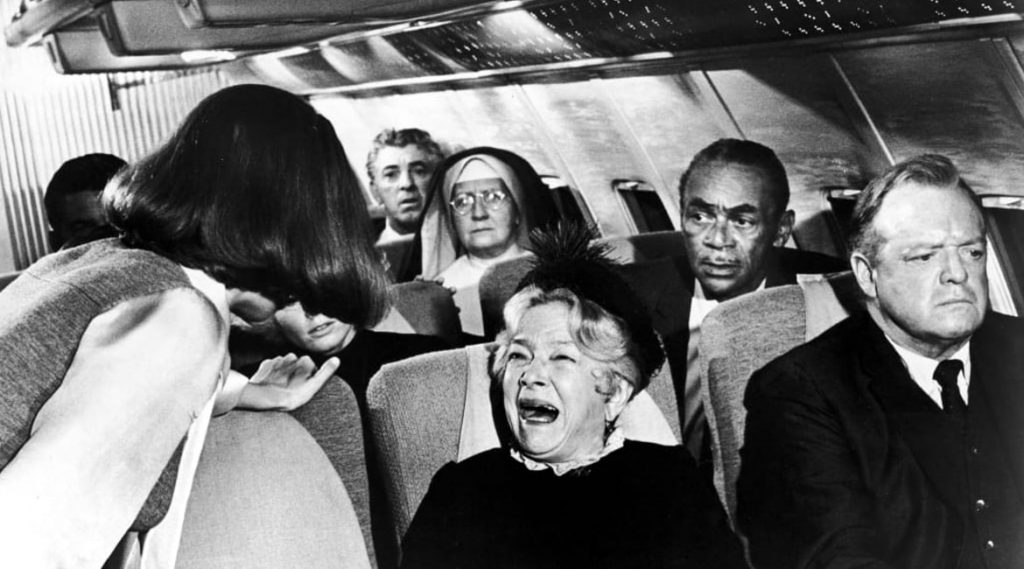
Then there’s my friend, Frank. His flight had just landed in Havana, and he was standing in the aisle, politely waiting to deplane. He felt someone shoving him forward, telling him to “hustle, buddy”. Frank asked him to knock it off, whereupon fists promptly started to fly.
In a twinkling, Frank had him on the floor and in doing so provided a lesson in airline etiquette, free of charge.
Frank’s behaviors, like my own noted above, was quite out of keeping with his normal gentlemanly nature.
So, I ask, what causes this mysterious irritability in connection with air travel, and why does it seem more common than ever? First, a definition is in order. It’s not too exciting, but here it is: abnormal or violent behavior exhibited during the air travel process.
The history of air rage is pretty sketchy. The first recorded incident was in 1947 on a flight from Havana to Miami. I’d love to know the gory details, but apparently a drunken man assaulted another passenger, and somehow bit a flight attendant. Sadly, no further historical details have survived.
Air-rage incidents are undoubtedly more common since 9/11. According to the International Air Transport Authority (IATA) there were more than 28,000 reported cases of air-rage between 2007 and 2015. What, I wondered, are the main causes of this sad state of affairs?
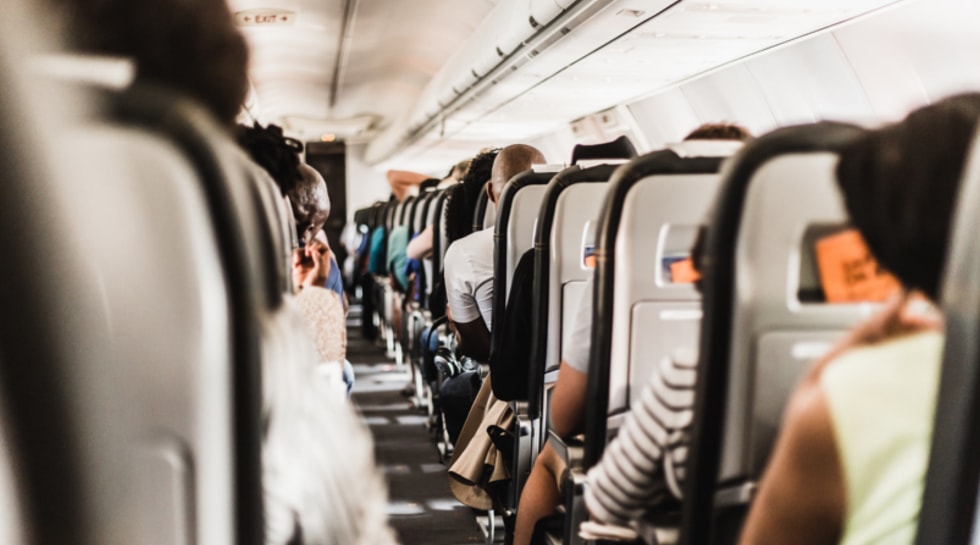
I’d answer this way: think back…when we were kids, flying used to be fun, a rare treat, right? Now it’s become more of a nuisance. First you have to get to the airport hours before the flight for no good reason I know – except perhaps to enrich airport merchants. I smell a conspiracy.
Then you must pay for your checked baggage – something that used to be free. You head for “Security” where you’re subjected to several witless degrees of humiliation.
Then you board the plane and have to compete for space for your carry-on. If you can’t find enough overhead space, you must stuff your bag under the seat where your feet need to be. Thinking of it gives me the fits.
Then, when you’re finally in the air, you sit tensely waiting for the passenger in front of you to recline – cutting your personal space to zilch. When this happens, you feel like pushing back with your feet. Pity the poor souls squished against the bulkhead in the very back row; I’ve been there. And then, there’s the need to negotiate arm-rest space with your seatmate. All this aggravation adds up.
A major cause of air-rage is a sense of frustration due to perceived helplessness – loss of control and autonomy. Add to this the fact that some 7% of people suffer from clinical claustrophobia – and you’ve got a volatile mix.
Then there’s the matter of air quality, or lack thereof. On average, the oxygen content of cabin air is 25% less than at sea level: this can cause physical and psychological symptoms in vulnerable passengers. As well, there are vastly increased levels of carbon dioxide and ozone in the cabin; the air, moreover, is desert-dry.
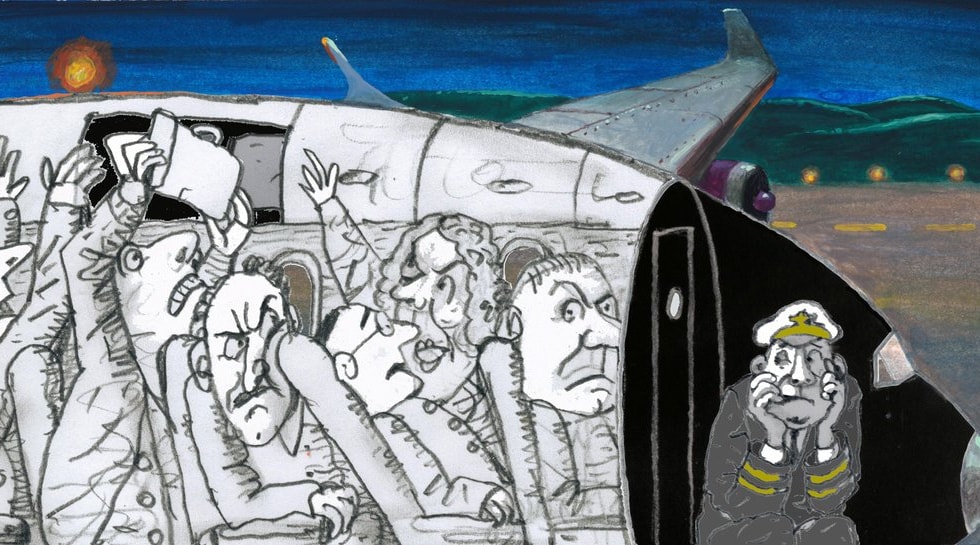
Many passengers are anxious about air travel, turn to alcohol to help them relax. Interestingly, the effect of a given amount of alcohol is doubled at altitude, and this can obviously become problematic. Thus, it’s estimated that 25% of air-rage cases are related to alcohol.
One of my pet peeves when in the air is the food cart blocking the aisle when I need to use the loo. One usually has enough flexibility in this regard to delay the visit till the coast is clear. However, once I was returning from Asia, where I had picked up a bug which rendered my digestive system pretty much ungovernable. Offhand, I can’t think of anything more wretched than being compelled to stay buckled in your seat when you feel your colon staging a revolt.
Air-diarrhea – that’s got to be the worst – hell on wings, you might say.
But a major cause of air-rage that I hadn’t anticipated has to do with flights with two classes of service. A University of Toronto study (DeCelles, 2016) showed air-rage episodes spike remarkably on flights where “economy” passengers must parade through the 1st Class cabin – under the upturned noses of the elite, so to speak. Amazingly, this class-ridden boarding procedure increases air-rage by 400%, and is equal in effect to a 9-hour flight delay. What’s stranger still is that both classes are equally liable to engage in air-rage.
Maybe the 1st Class feels entitled and assertive; perhaps Economy folks feel envious, and apt to rebel against an “Oppressive System”.
So there you have it – air-rage is indeed a big problem, but the risks can be moderated. We passengers should behave in a civilized manner, with as much tolerance as we can muster – and then some. The airlines, for their part, should take pains to treat each customer with “5-star” courtesy – like a dignitary, as one travel-writer put it. Doing away with the caste system would clearly help.
Moreover, I’d strongly suggest the airlines with the worst reputations for courtesy (Spirit, Air Canada, Frontier) adopt the practices of those with the best (Southwest, Alaska, Singapore). Then, perhaps, air travel would be – if not “great again” – at least a lot less angry than it is today.
That wouldn’t be so hard.

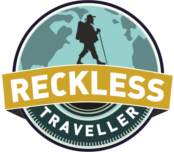
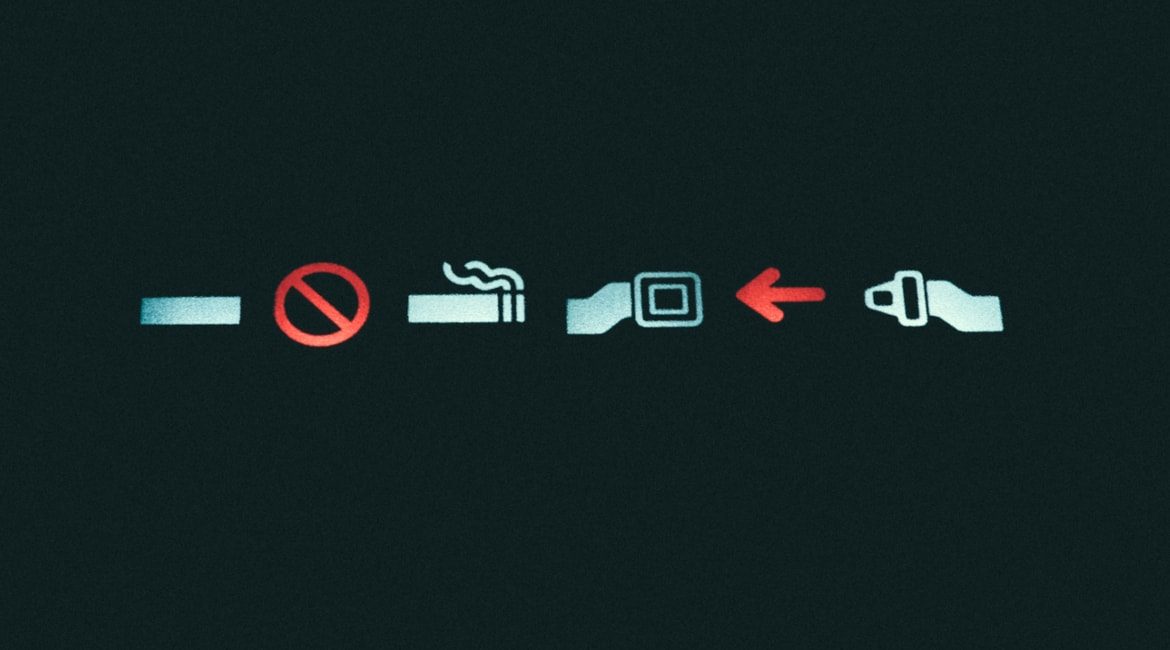

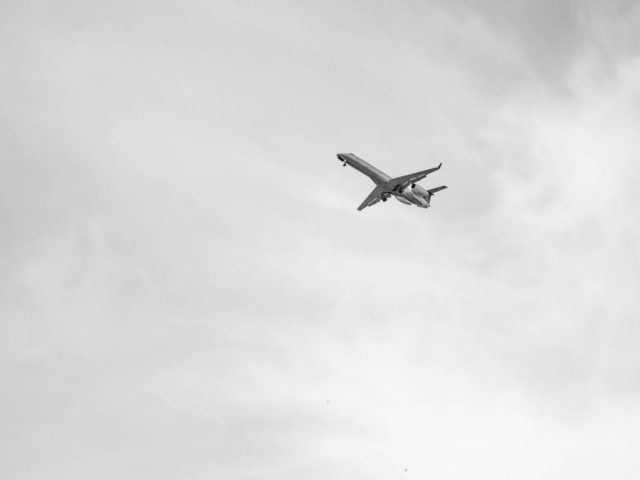
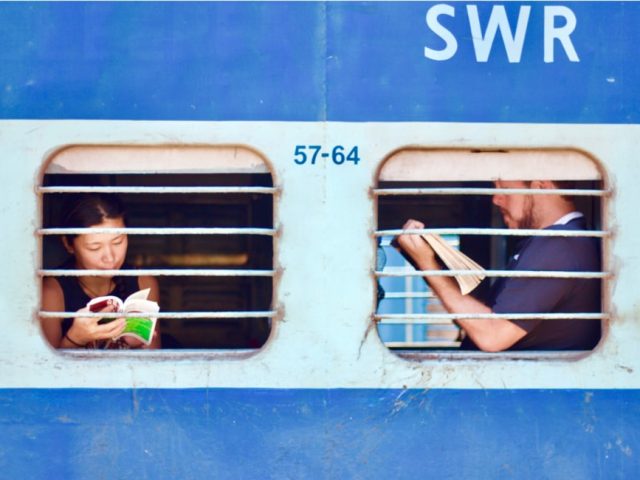
Facebook Comments